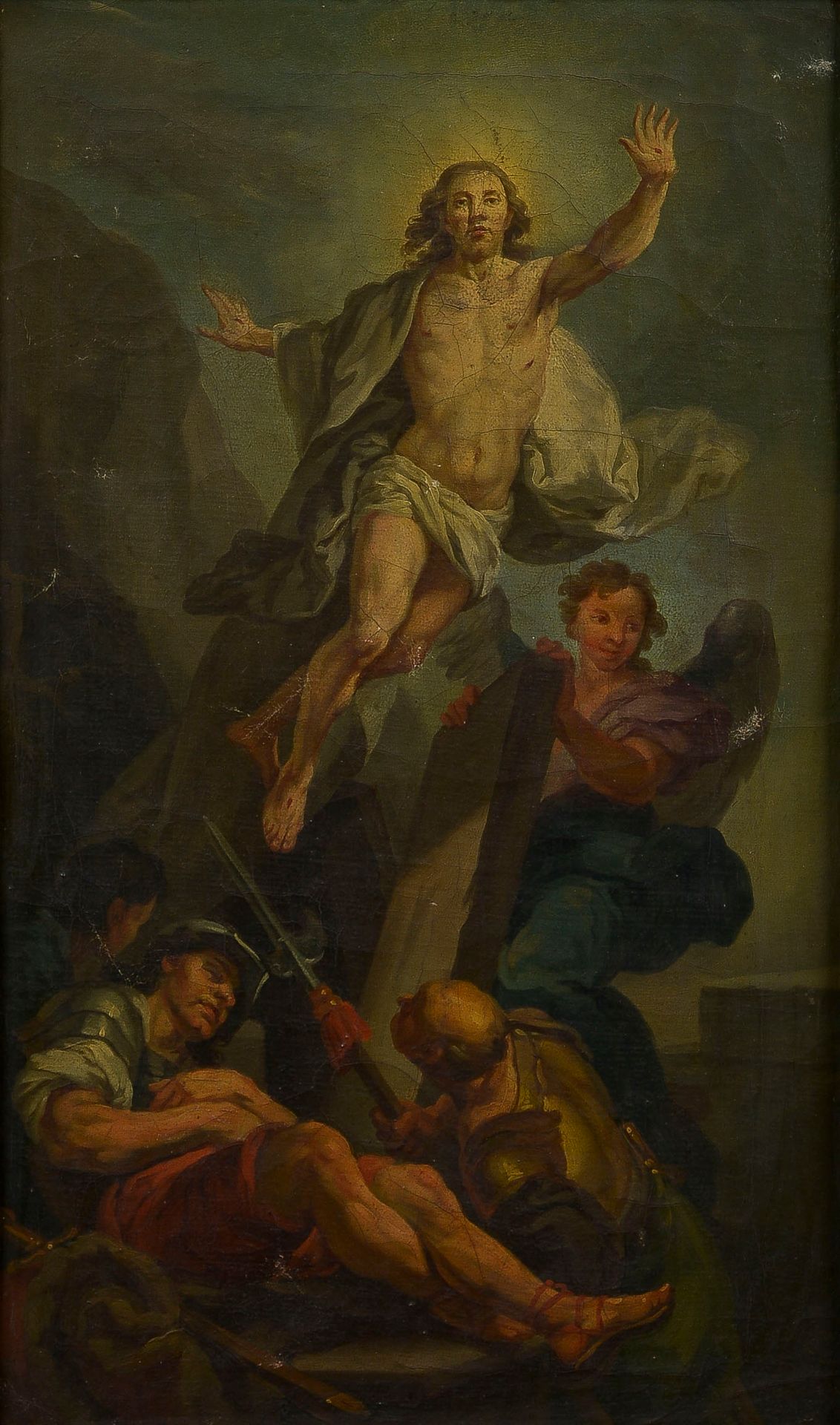Description
Antoine RENOU (1731-1806), after Carle van Loo The Resurrection of Christ Oil on canvas 62 x 38,5 cm Bears a label at the bottom: "Antoine RENOU, Born in 1731". Cracks Expert : Cabinet Turquin
27
Antoine RENOU (1731-1806), after Carle van Loo The Resurrection of Christ Oil on canvas 62 x 38,5 cm Bears a label at the bottom: "Antoine RENOU, Born in 1731". Cracks Expert : Cabinet Turquin
You may also like
